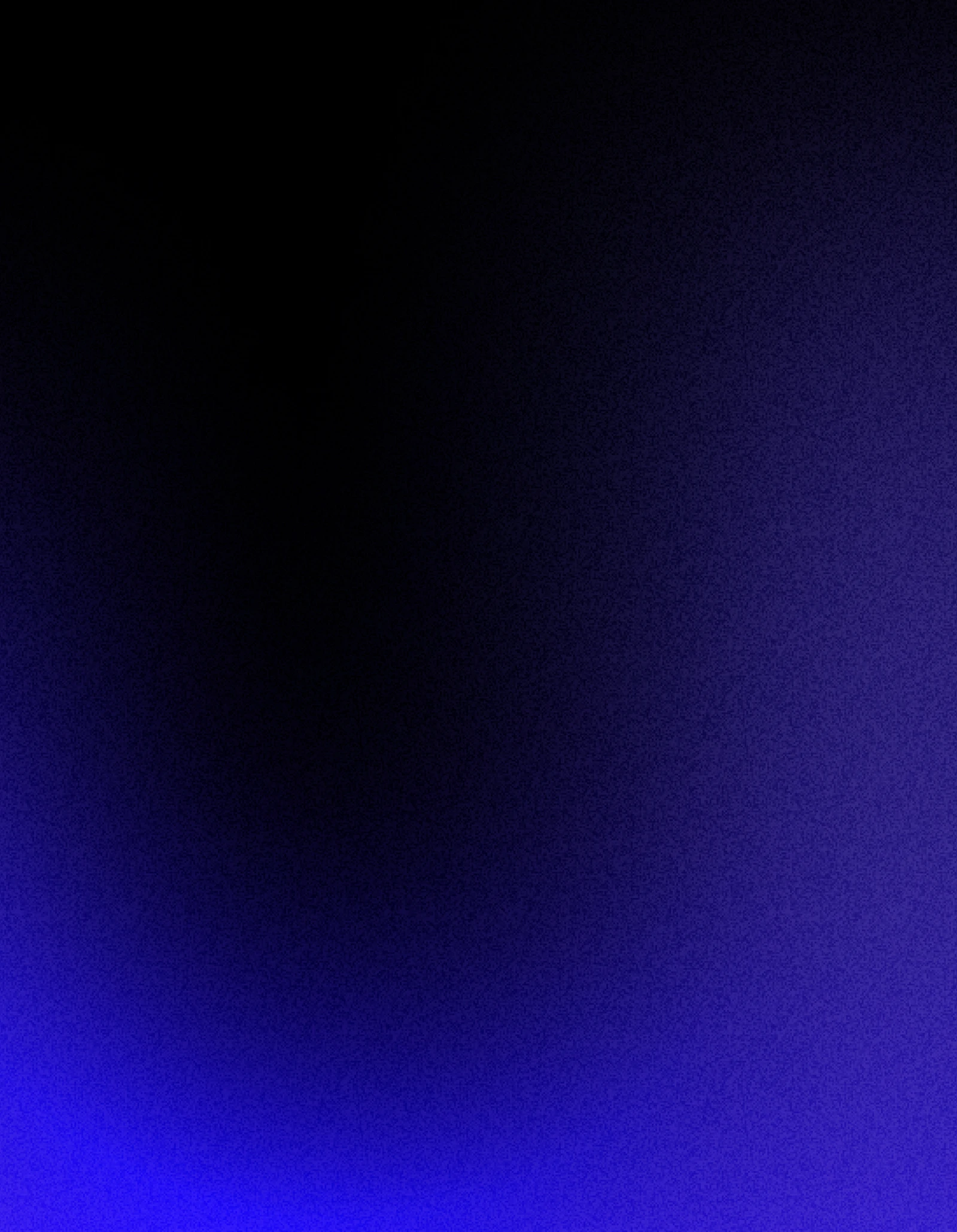Dynamic in Static – Making Static Designs Appear Dynamic
Play pretend in design or how to make static designs look more dynamic.
First of all, you don’t have to do it, we grant you indulgence for keeping your designs static. But a brand may benefit from a dynamic look even without any real motion.
What we’re talking about is visual techniques that can create an impression of something lively, like a freeze-frame of something that was moving just a second earlier. But be aware that even though whatever you come up with may look good, it may or may not fit the brand vibe.
Z2A Digital should appear as a growing and innovative company, we can barely imagine this without any movement. However, an energetic, somewhat moving brand image would be less desirable for a bank that’s supposed to keep your millions.
A huge advantage of having such “fake dynamic” elements is that it makes it easier for you to bring actual motion later. Of course, anything can be animated. But when a static design sets a solid base for motion design, actual animation happens more smoothly, providing a holistic experience.
There’s no official list of such design techniques: it covers a range from the most obvious ideas like motion blur to more demanding executions including a well thought out visual rhythm.
Here are the things that helped us breath life into Z2A Digital graphics.
Big gradient blocks
The desired effect is shifting of the blocks, like if they are appearing from all the sides at the same but in a chaotic order (we acknowledge the irony): from the top, from the right, then from the bottom, and finally from the left, and again. Just like some sort of tricky 3D puzzles for those smart kids.
Small blinking squares
Just like the name tells us – we wanted to create an impression of blinking, just like pixels blink on all arcade machines. It’s worth remembering that presenting static designs in a dynamic way means following small tricks here and there. So, if you decide to replicate this effect, leave some similar but “disabled” elements for comparison. Clear difference between a “pixel” that is blinking and the one that is not will give better results. Even if it works differently in reality.
Moving pixels
Here the trick is similar to the previous technique – the squares look like they’re moving because we basically show two states: a static, square pixel state and a stretched one.
Irregular typography layouts
A tried-and-true classic: breaking typography into several lines. However, it won’t always give the same effect, so experiment on your own. We used a combination with the shifting gradient blocks so it worked just fine.
Having real motion is great and it’s hard to neglect the significance of a good motion design nowadays. But relying on animation only is too limiting and not sustainable enough.
Meanwhile, check the case study.

:blur(4))
:blur(4))
:blur(4))
:blur(4))
:blur(4))